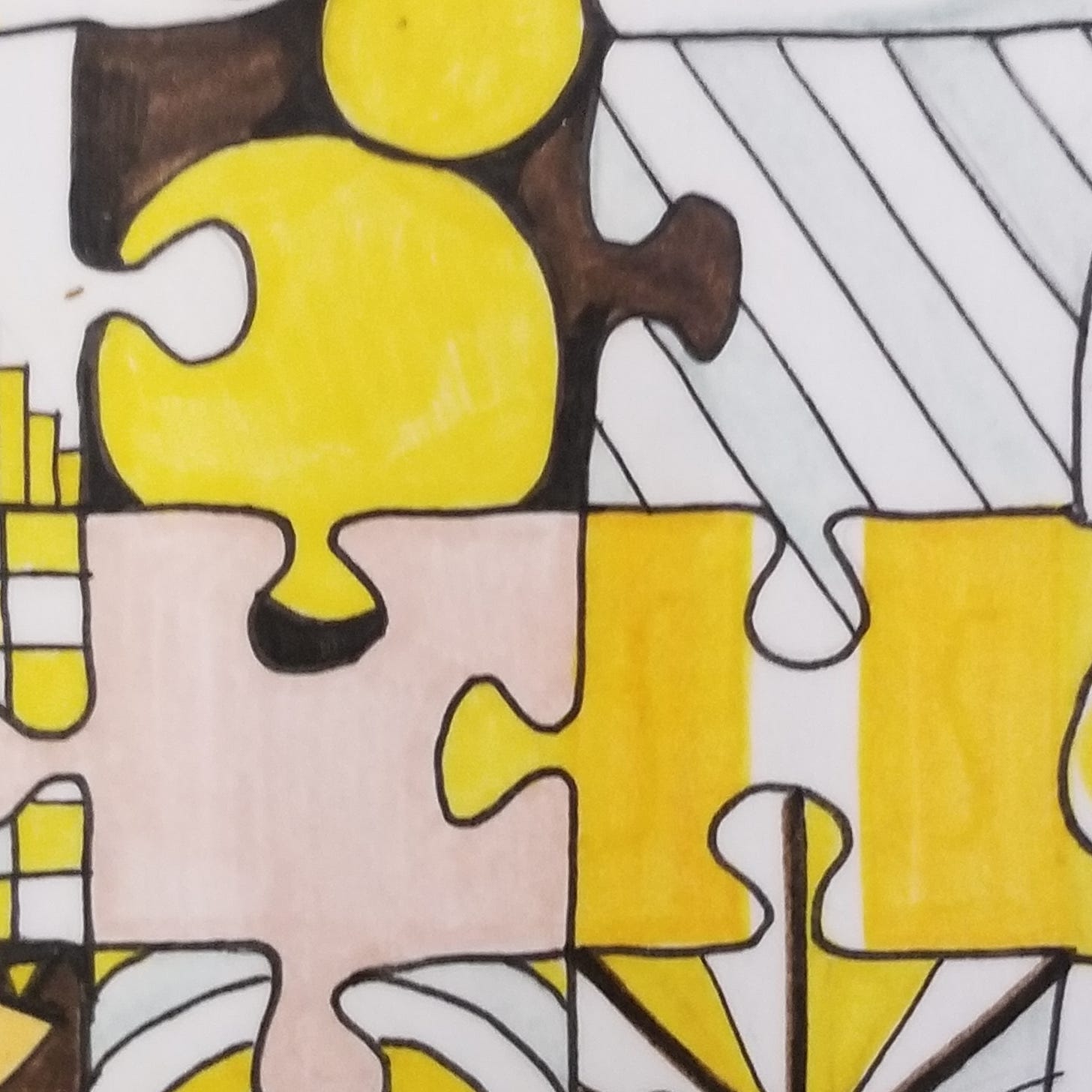Math has a second Language? Yes, symbols!
I choose 'w/o' over 'without' for one obvious reason. Symbols are quicker!
Help your child with math w/o knowing the math.
Think of ‘w/o’ as a symbol that allows me to shorten the word without, and that shortening enables me to write it quicker. Without and w/o are like synonyms, so of course, they have the same meaning, and I’ll define the word, without, to mean, ‘not having something.’
Summary: ‘Not having something’ gets shortened to the word without, and the word without gets shortened to the symbol w/o; all three are interchangeable.
So where is this all going?
You may want to sit down as I’m about to send you another zinger. You now know that math is a language as it has words, however, math is made up of a second language. If you didn’t fall off your chair, perhaps you should have done a forced fall, as this is a big deal.
What’s the second language?
SYMBOLS! Math is also the language of symbols. Math is the language of symbols. I said it! Math is the language of symbols, as the majority of math words can be written as a symbol or symbols (e.g. Area is A, Percent is %, Rate is /, Add is +). And that shortening, like short-hand back in the day, allows your child to do math faster. If you’re thinking, ‘Edison, my child will love to hear they can do math faster,’ okay, but let me finish.
But two issues arise:
1. Math becomes much more demanding to learn than English as there are now two languages your child needs to know – Words (Area, Percent, Rate, Add) and Symbols (A, %, /, +)!
2. The meaning of math Words and their corresponding Symbols drop by the wayside: Ask your child what w/o means or to define it, and the odds are they will say, ‘without’, so they equate the symbol as meaning the word. But if pushed, I am confident they would be able to tell you what w/o or without means! But in math, a problem habit gets created as students tend to focus much more on the back and forth between math words and their symbols (e.g. + means add), as it’s quicker. But unlike in English, the definition/meaning becomes less important to them. That hamstrings them going forward as the meaning or definition of the symbol and word literally gets lost … in translation.
Ask your child what the symbol ‘+’ means
Ask your child what the symbol, ‘+’’ means, or to define it, and they’ll probably say add or plus, but that’s the synonym, not the definition. And ask this type of question enough times, and you’ll start to see a pattern:
‘-’ means minus or subtract, x elicits a response of is multiply or times, 1/2 becomes one over two!
So, the introduction of this second language of symbols is a double-edged sword – on the one hand, a nice feeling of being able to do math faster, but on the other hand, the learning of what the word means stops becoming a habit.
But it gets worse 😟☹️😔☹️!
The issue gets compounded as it’s rare that a math teacher will go back and remind a class of the definition of a math word they saw 5 years ago or possibly used every year since. And makes sense as that’s how it would work in an English class also (students are not reminded of words seen year after year after year). Still, the English language gets a free pass as students only need to know the translation between words to the definition. But the meaning of a math word or its symbol; well that gets erased from many student’s learning process, and that’s a big problem!
Ask your child this question verbally, 'Write two plus three.' They will either write 2 + 3 or the answer 5, and it doesn't matter if they are aged 10 or 18. They write the symbols, not the words! So they hear your words and mentally convert your, two plus three, to 2+3; that's a translation between words and symbols. They'll always do that. It's quicker. But over time, a child's focus can shift much more to doing math with symbols, and the words get lost, then eventually, the meanings of words are permanently forgotten.
Reminder: Again, it's speedier to do math with solely symbols, and for a struggling student that makes 100% sense, as students are humans - not many people want to spend more time than necessary on something they feel they're not good at or don't like.
How can you use this to help your child?
1. Have them recognize that math has two languages, Words and Symbols! And tell them that their teacher will flip back and forth between the two: Words when talking, symbols when writing.
2. Reminder: Write down the meaning of any symbol they're taught. They'll eventually have what shouldn't be an a-ha but is, that the Symbol (e.g. +) and its accompanying word (Add) have the same meaning, Put together and count.
3. Your role starts becoming more of a guide who doesn't know the math but knows what's needed for them to get that math. Or tell them you're their influencer, ha, that will resonate with them!
Math is the language of symbols! Knowing symbol meanings are a must!
Know your symbol meanings and tomorrow’s math becomes a tad easier :)!
Edison
Edison Hopkinson BSc Mech Eng, B.Ed., OCT
Math Learning Strategist
Strategies to use when the usual isn’t working!


